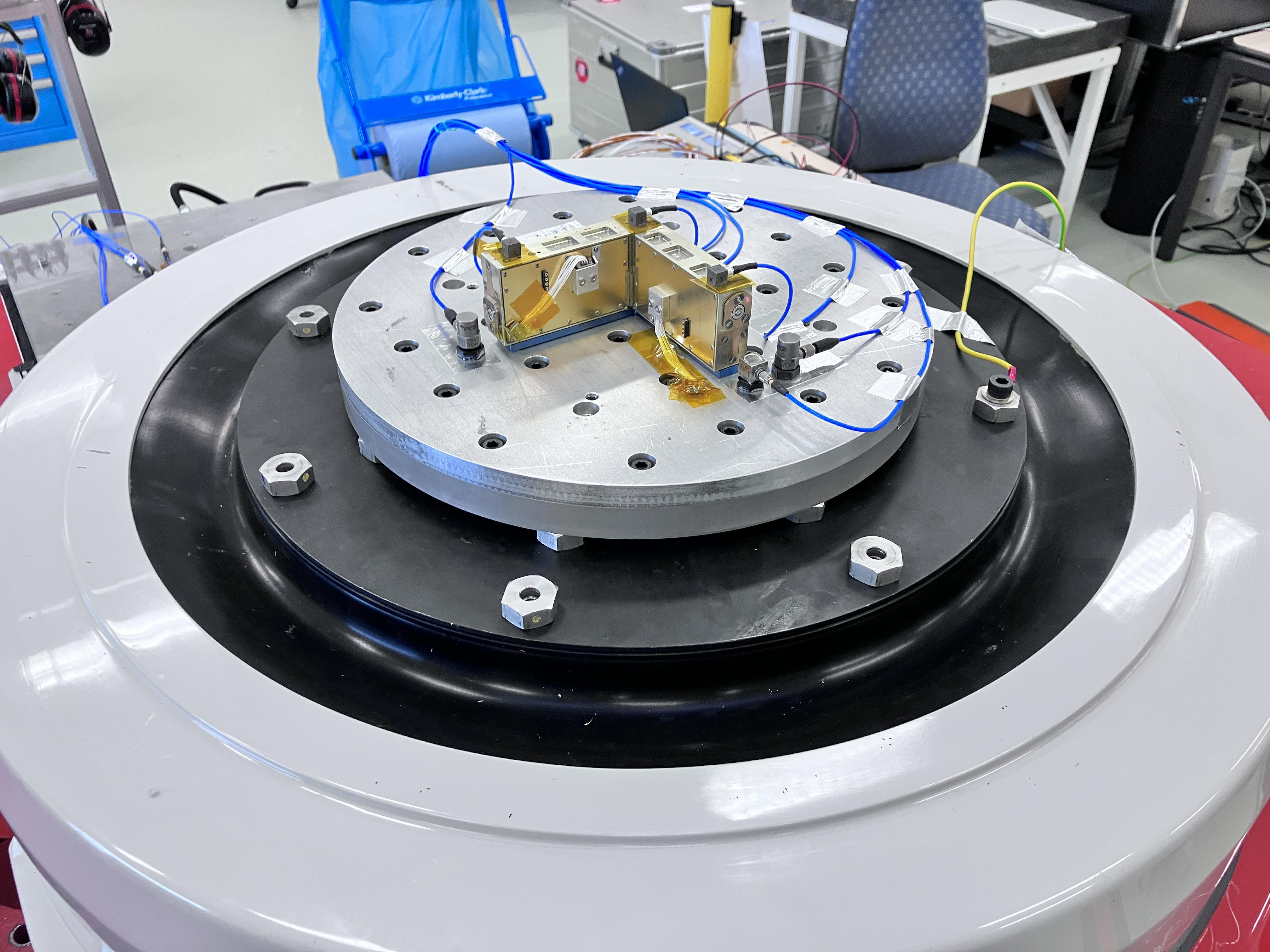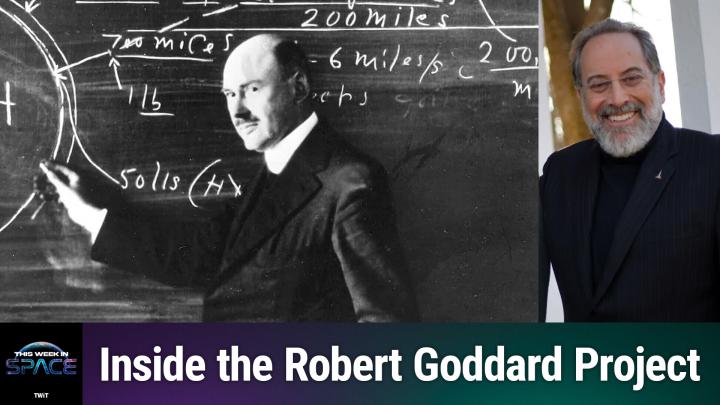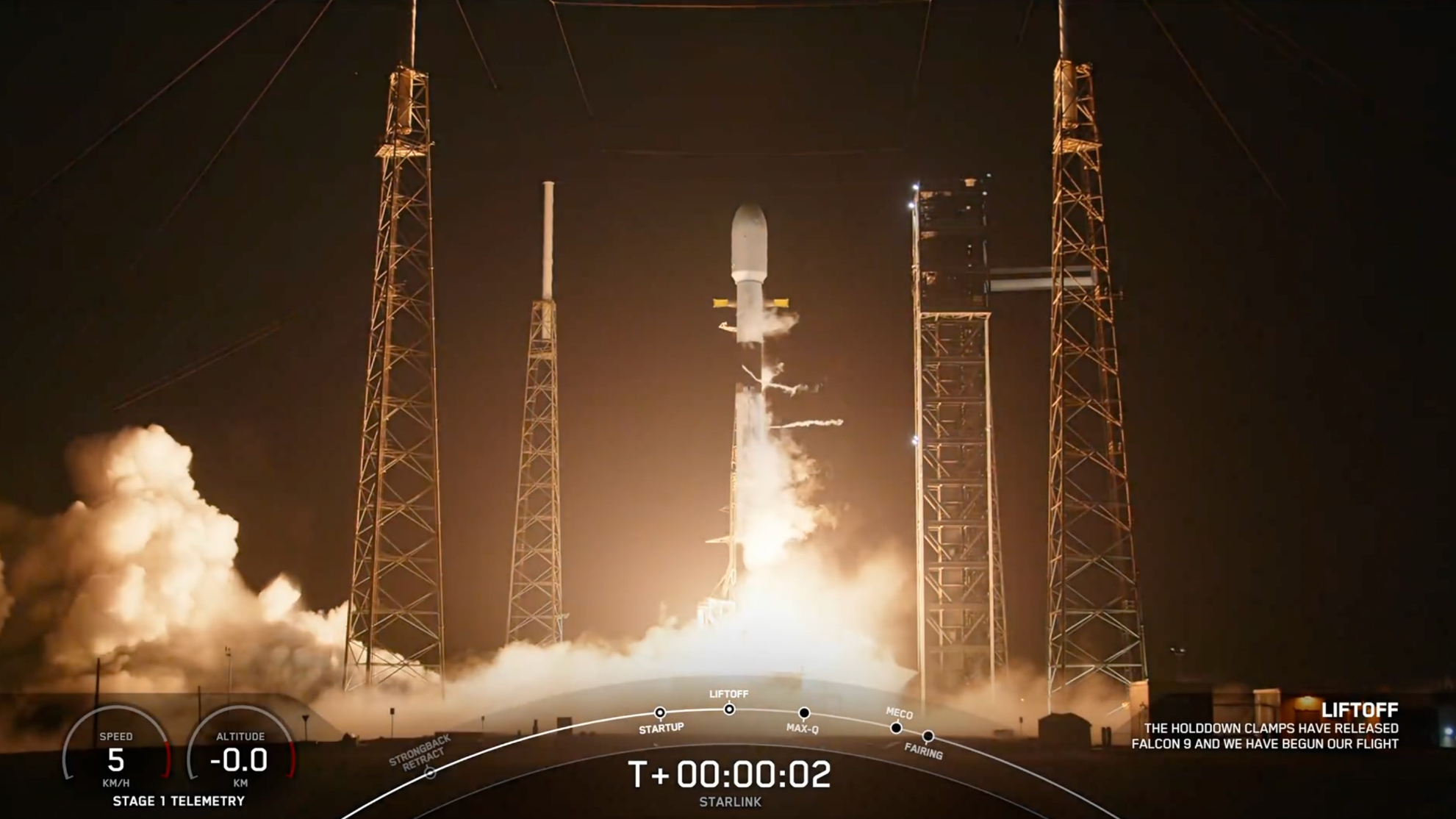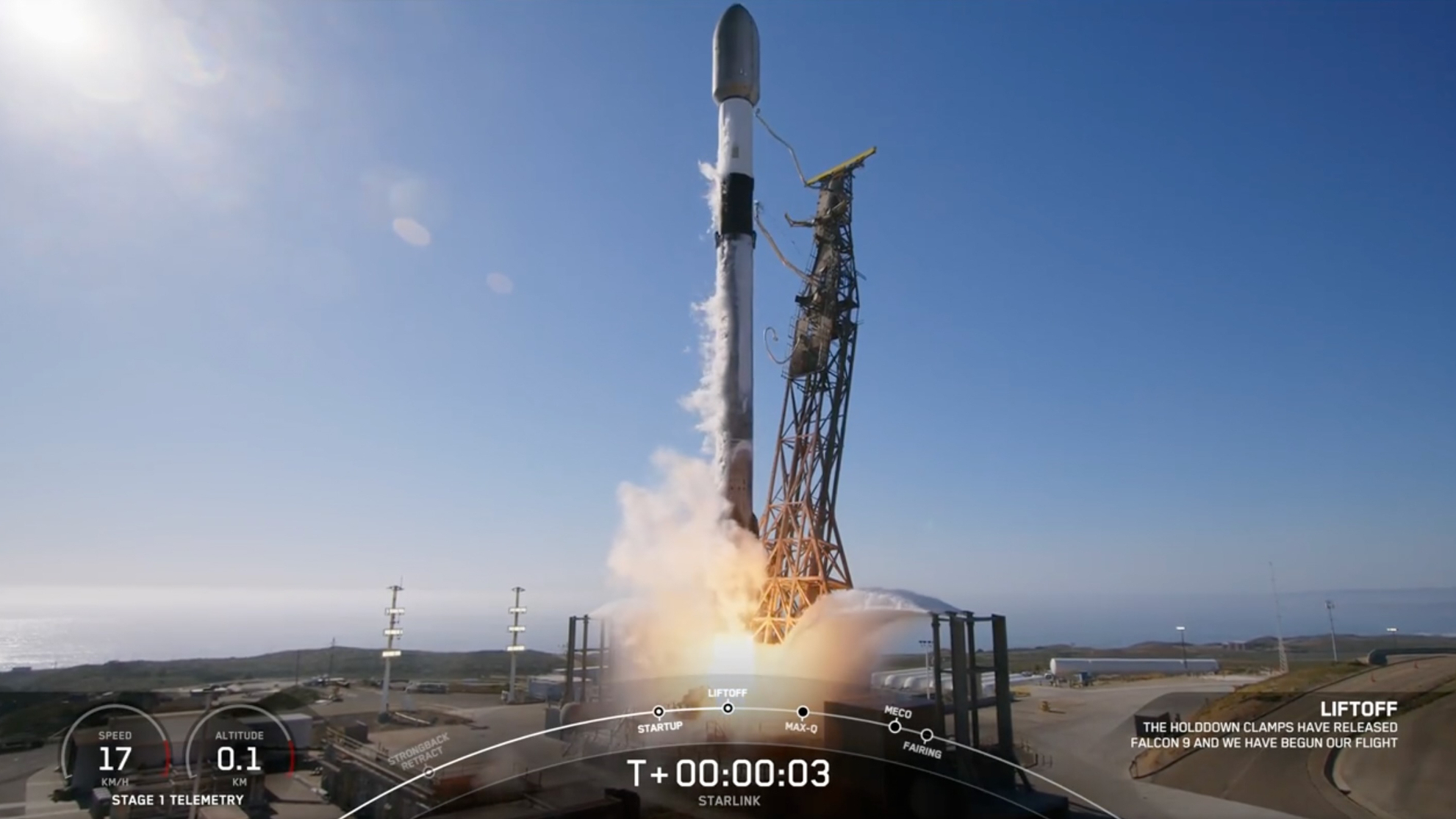This tiny probe the size of your cell phone could measure asteroid gravity in a space 1st
GRASS will launch about the Hera mission in October 2024, if all goes according to plan.

The European Space Agency (ESA) wants to land a tiny mobile phone-sized satellite on an asteroid to measure its gravity.
ESA has completed vacuum and vibration tests for its Gravimeter for Small Solar System Objects (GRASS) asteroid probe. GRASS is designed to measure surface gravity on the Dimorphos asteroid, which NASA's DART spacecraft collided with as a part of its mission last year. Dimorphos has a diameter of about 525 feet (160 meters), which is roughly the size of NASA's Vehicle Assembly Building (VAB) at Kennedy Space Center in Florida. As buildings go, the VAB is huge. It's one of the largest in the world, by area. As planetary bodies go, Dimorphos is not so huge. In fact, it is the smallest body in the solar system ever visited by a human spacecraft.
Thus, measuring the gravity will be no easy task, as the gravity on a body such as an asteroid is many times lower than that of a planet. "Obviously the real-world performance of the gravimeter cannot be demonstrated directly here on Earth, but our lab testing coupled with numerical simulations showed we have achieved sufficiently high sensitivity to detect such low gravity," said ROB's Özgür Karatekin in an ESA statement.
Related: Asteroid-smash aftermath: Why Europe is sending a probe to DART-battered Dimorphos
GRASS was developed by the Royal Observatory of Belgium (ROB) and the EMXYS company in Spain. The video game controller-sized probe and weighs only .7 lb (330 grams) and requires only half a watt of power — only slightly more than the average basic calculator. GRASS will use two rotating blades to measure gravity fluctuations on the surface of Dimorphos caused by its parent asteroid, Didymos. The blades' rotations are affected by even the most minuscule changes to the environment, and allow GRASS an accuracy within a thousandth of a millimeter, which is less than a millionth of Earth's own gravity.
Its recent tests were completed at ESA's Mechanical Systems Laboratory, where the probe was placed inside a thermal vacuum chamber and subjected to extreme temperatures to simulate a space-like environment. The probe's small instruments also need to survive the rigors of a rocket launch, so to test this, GRASS was put through a series of vibration tests to simulate its upcoming ride to orbit.

GRASS will be hitching a ride to Dimorphos aboard a cubesat named Juventas, which is part of ESA's Hera mission for planetary defense. "Following the DART impact, Hera will gather close-up data on the Dimorphos asteroid to turn this kinetic impact experiment into a well-understood and in principle repeatable method of planetary defense. GRASS's surface gravity measurements will help researchers learn the precise mass of the asteroid, along with radio science experiments performed by the main Hera spacecraft," said Hera system engineer Hannah Goldberg.
Get the Space.com Newsletter
Breaking space news, the latest updates on rocket launches, skywatching events and more!
When it arrives, Hera will deploy Juventas, which will make a gradual fall to Dimorphos' surface once it completes its primary imaging mission. As it does, GRASS will subsequently touch down on the surface of Dimorphos. GRASS will measure its impact on the asteroid, as well as any bounces the probe takes along the way to slowing down. And wherever and however it lands, mission managers will be ready.
"We have to assume that Juventas could land at any angle on Dimorphos, so that potentially its solar arrays will be blocked from generating any further power. Instead GRASS will run on Juventas's internal battery for up to 20 hours," Karatekin said in the ESA release.
Now that GRASS is through its own meticulous testing, it will be fully checked over again before integration with Juventas. Jose Carrasco is overseeing GRASS at EMXYS. "We're very happy with its endurance during the test campaign. We will now follow up with a full integrity test to ensure it has sustained no damage during the testing, after which it will be passed to the GomSpace company in Luxembourg for integration aboard Juventas," Carrasco said.
GRASS will launch about the Hera mission in October 2024, if all goes according to plan. The spacecraft will arrive at their asteroid targets two years later.
Join our Space Forums to keep talking space on the latest missions, night sky and more! And if you have a news tip, correction or comment, let us know at: community@space.com.

Josh Dinner is the Staff Writer for Spaceflight at Space.com. He is a writer and photographer with a passion for science and space exploration, and has been working the space beat since 2016. Josh has covered the evolution of NASA's commercial spaceflight partnerships and crewed missions from the Space Coast, as well as NASA science missions and more. He also enjoys building 1:144-scale model rockets and human-flown spacecraft. Find some of Josh's launch photography on Instagram and his website, and follow him on X, where he mostly posts in haiku.









